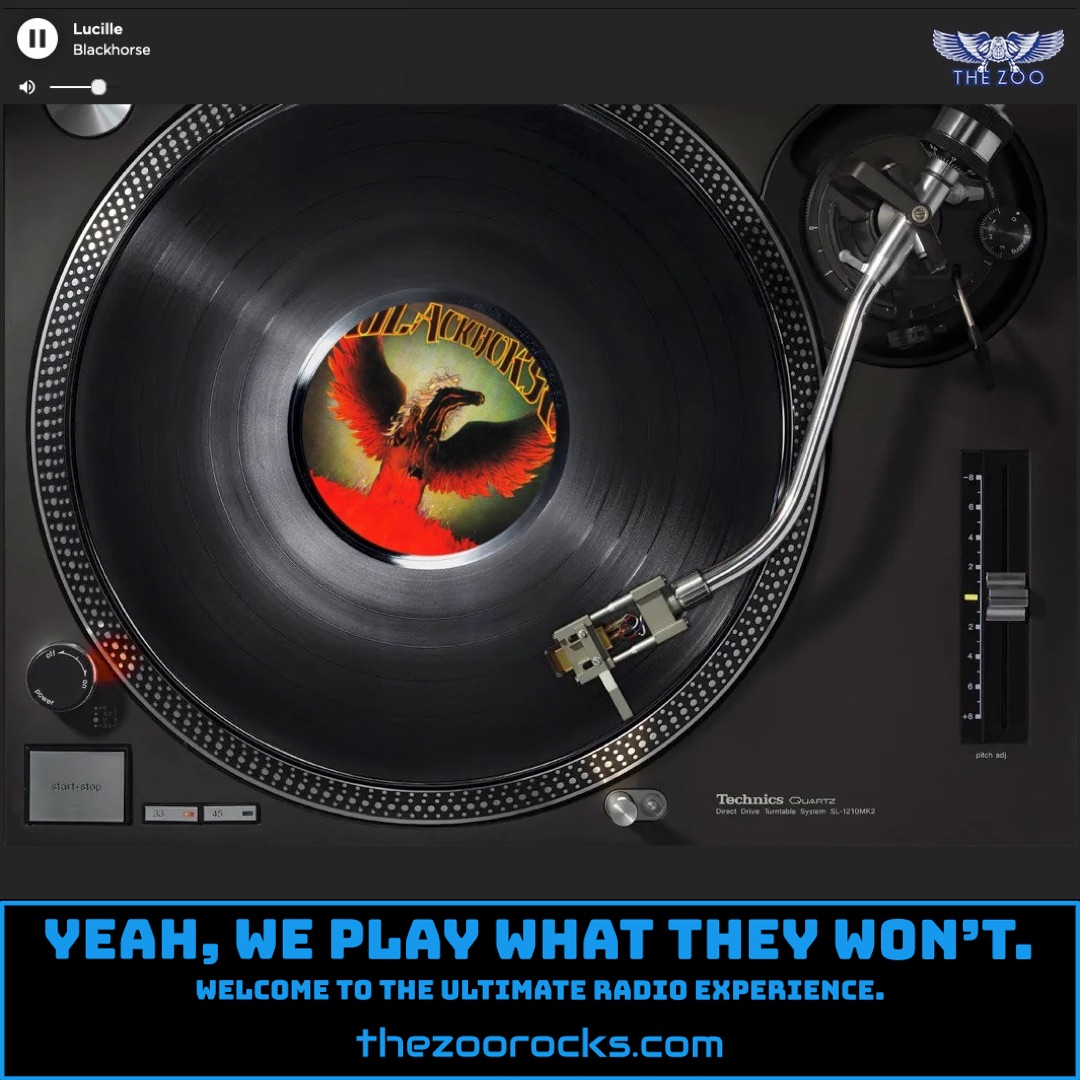The Drifter
Deep Purple
Zoo Freaks, your groovy DJs at THE ZOO are spinning "The Drifter" from Deep Purple's 1975 album Come Taste the Band, and this track is a hidden gem with some wild stories behind it. Described as a "swaggering chest-beater" by A.Y. Marsh, "The Drifter" kicks off with a crunching, simple riff that showcases the Mark IV lineup's raw energy. It’s one of the most underrated tracks in the band’s catalog, with Deep Purple fans on platforms like Facebook groups praising its infectious groove. A standout trivia tidbit: Tommy Bolin, the guitarist, not only laid down a delicate solo but also stepped up to play bass and provide backing vocals on this track when Glenn Hughes was too ill to perform. The song’s lyrics, with David Coverdale singing about a wanderer’s life, reflect the band’s own turbulent journey during this era, marked by Bolin’s struggles with heroin addiction, which impacted his performances, especially during the chaotic Jakarta concerts where the band played to over 120,000 fans under military escort.
The recording of "The Drifter" was part of a bold shift for Deep Purple, as Come Taste the Band leaned heavily into funk and blues, a departure from their hard rock roots. Fans on X have noted the track’s soulful vibe, with some calling it a nod to the hippie culture’s free-spirited ethos—perfect for our Zoo Crew vibe. A rehearsal version of the song, found on the Days May Come and Days May Go session CD, reveals the band at their creative peak, bursting with potential despite internal struggles. Critics, like those on The Highway Star fan site, have since re-evaluated the track, applauding Bolin’s delicate guitar work and Jon Lord’s understated organ presence, which gave the song a unique texture. The album’s tour was a wild ride, with Bolin facing boos from fans loyal to Ritchie Blackmore, yet "The Drifter" remained a live highlight, capturing the band’s attempt to reinvent themselves.
Deep Purple got their start in London in 1968, originally under the name Roundabout, with a lineup featuring vocalist Rod Evans, guitarist Ritchie Blackmore, bassist Nick Simper, keyboardist Jon Lord, and drummer Ian Paice. Initially dabbling in psychedelic and progressive rock, they quickly carved a niche in the burgeoning heavy metal and hard rock scenes with their 1970 album Deep Purple in Rock. The band’s early days were marked by relentless touring and a shift to a heavier sound, earning them a spot alongside Led Zeppelin and Black Sabbath as the "unholy trinity" of British rock. Their breakthrough came with the Mark II lineup (Ian Gillan and Roger Glover replacing Evans and Simper), which produced classics like Machine Head and the iconic "Smoke on the Water." Despite numerous lineup changes, including the Mark IV era that gave us "The Drifter," Deep Purple has sold over 100 million records and remains a titan of rock, as celebrated on fan hubs like Deep Purple Net.
Connect with Deep Purple on their Facebook, Instagram, and X accounts to stay updated on their latest tours and releases. For Zoo Freaks looking to dive deeper, check out fan communities like Deep Purple Fans on Facebook or explore dedicated sites such as The Highway Star and Deep Purple Net for news, rare photos, and fan discussions. Keep those dials locked on THE ZOO, where we’ll keep the funky, hard-rockin’ vibes of "The Drifter" flowing!

